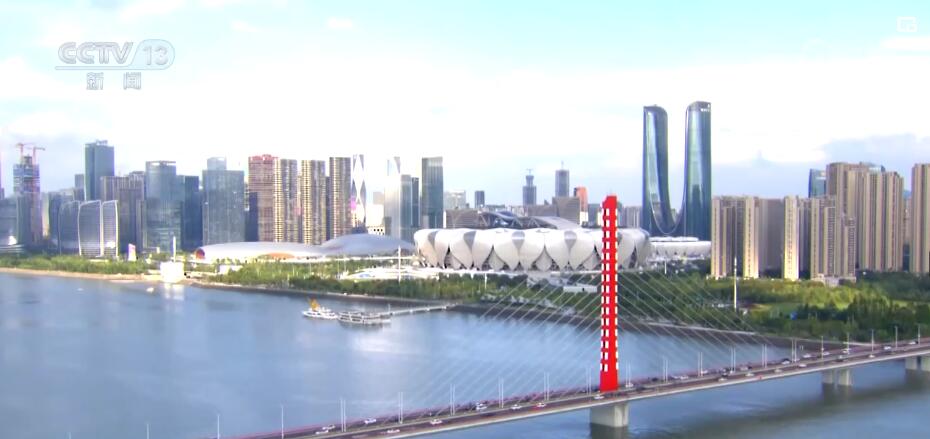Concentrate on all fields to achieve good results and build an industrial matrix to support high-quality development
CCTV News:The reporter learned from the Ministry of Industry and Information Technology on December 6 that China will adopt more policies and measures to increase the cooperation between the two major industries of automobiles and integrated circuits, aim at the continuous efforts of automobile chips, and further promote the high-quality development of the industry.
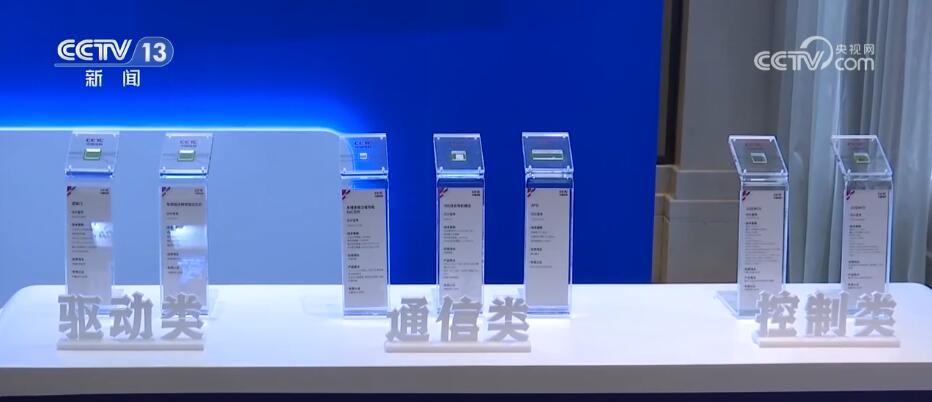
The relevant person in charge of the Ministry of Industry and Information Technology said that the automobile is an important carrier of multi-technology centralized application and cross-domain integration and innovation. A car consists of more than 20,000 large and small parts, and the chip occupying the smallest space is an indispensable core device of the car. China will increase the cooperation between the automobile and integrated circuit industries to ensure the safety and stability of the automobile chip industry chain, and at the same time promote high-level international open cooperation.
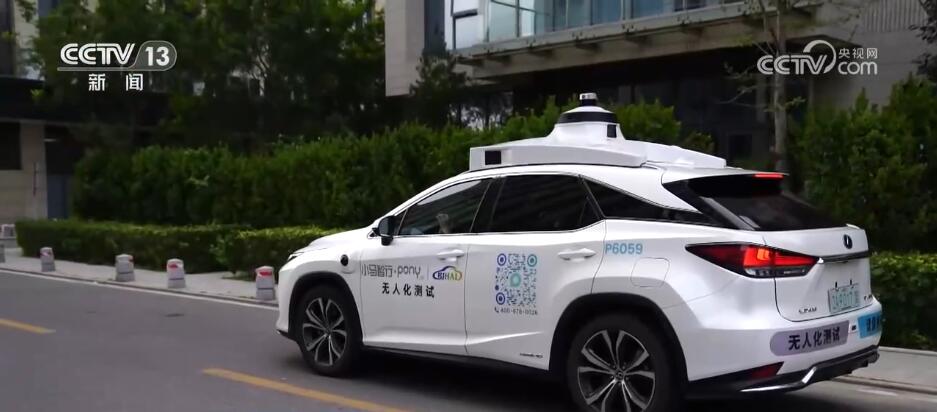
The reporter learned that China has built an online docking platform for supply and demand, researched and set up special insurance products for automobile chips, compiled guidelines for the construction of automobile chip standard system, and taken various measures to ensure the safety and stability of the automobile chip industry chain. Experts from China Automobile Industry Association said that with the accelerated iteration of automotive electrification, intelligence and networking technology, the usage, value and importance of chips are increasing, and China has the ability to cultivate the corresponding automobile chip industry.
Ministry of Transport: Accelerate the construction of smart ports and smart waterways.
Recently, the Ministry of Transport issued the Opinions on Accelerating the Construction of Smart Ports and Smart Waterways (hereinafter referred to as the Opinions). By 2027, China will build a number of world-class smart ports and smart waterways.
The "Opinions" clarify that it is necessary to play a leading role in the pilot work of building a strong transportation country and promote the construction of a number of smart ports and smart waterway demonstration projects. Deepen the pilot application of intelligent transportation, and continue to support the pilot of horizontal container transportation and automatic driving of collection and distribution in ports. At the same time, transportation authorities at all levels should actively strive for policy support for the construction of smart ports and smart waterways, and promote the establishment of a diversified fund guarantee mechanism. Strengthen the protection of talents, and promote the construction of various talent teams such as planning, consulting, design, construction, operation and network security of smart ports and smart waterways. And carry out follow-up evaluation on the completion of the target and the implementation of the task.
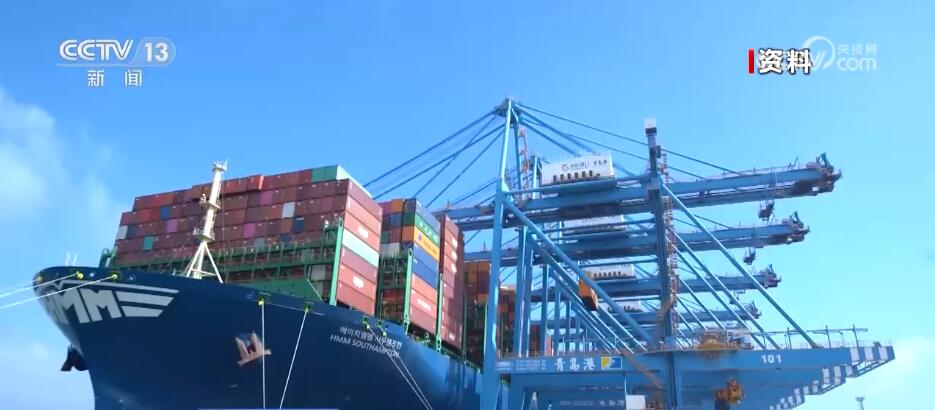
At present, the construction of smart ports and smart waterways in China still faces some problems and shortcomings. For example, the depth and breadth of digital intelligent application need to be expanded, the level of self-control of key core technologies needs to be further improved, the standardization and market promotion of terminal production management systems are still insufficient, the information interaction of multi-step shiplocks is not smooth, and the degree of intelligent waterway maintenance management is not high.
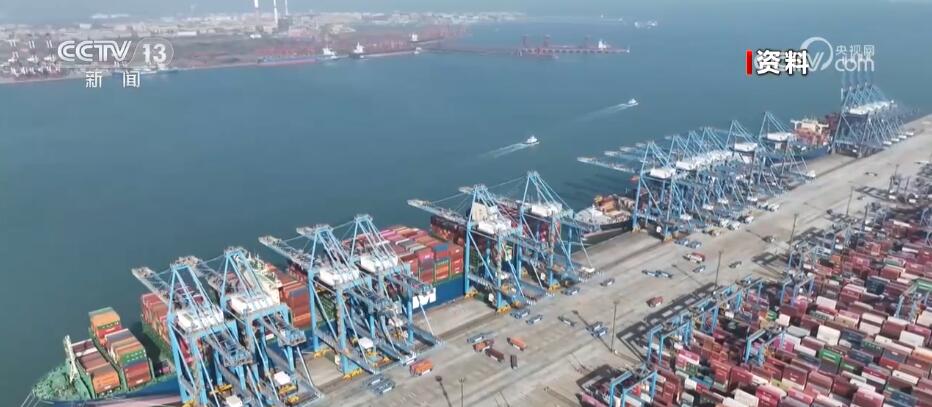
According to the Opinions, by 2027, the digitalization of port and waterway infrastructure, the level of production, operation and management, and the intelligence of external services will be comprehensively improved, and a number of world-class smart ports and smart waterways will be built. Intelligent perception networks have been basically built for containers of 100,000 tons and above in international hub seaports, bulk cargo terminals, high-grade inland waterways such as Yangtze River trunk lines and Xijiang shipping trunk lines. Construction and renovation of a number of automated container terminals and dry bulk terminals. Comprehensively improve the electronicization rate of major port operation documents. Accelerate the construction of inland river electronic waterway map, basically realize the joint dispatching of inter-provincial (autonomous regions and municipalities directly under the Central Government) waterways in navigation structure, and comprehensively improve the intelligent level of public information services of inland river high-grade waterways.
Further consolidate and enhance the international dominant position of textile industry
Recently, the Ministry of Industry and Information Technology, the National Development and Reform Commission, the Ministry of Commerce and the State Administration of Markets jointly issued the Implementation Plan for Upgrading and Upgrading the Textile Industry (2023— 2025). The plan proposes that by 2025, substantial progress will be made in the construction of a modern textile industry system, the operating income of textile enterprises above designated size will increase steadily, the quality and efficiency of development will remain at a good level, and the international dominant position of the textile industry will be further consolidated and enhanced.

According to the plan, by 2025, the innovation capability of textile industry will be continuously enhanced, and the investment intensity of R&D funds of textile enterprises above designated size will reach 1.3%. Intelligent manufacturing has been accelerated, and 70% of textile enterprises above designated size have basically realized digital networking. The industrial structure is more optimized, and the self-sufficiency rate of high-performance fibers, high-end textile equipment and strategic industrial textiles basically meets the demand. Brand building has been further promoted, and 20 world-renowned corporate brands and regional brands have been formed, and the fashion leading power has been further enhanced. The green and low-carbon recycling development system has been improved, the consumption of energy and water resources per unit industrial added value has been further reduced, the emission intensity of major pollutants has been continuously reduced, and the quality and scale of recycling of waste textiles have been continuously improved.
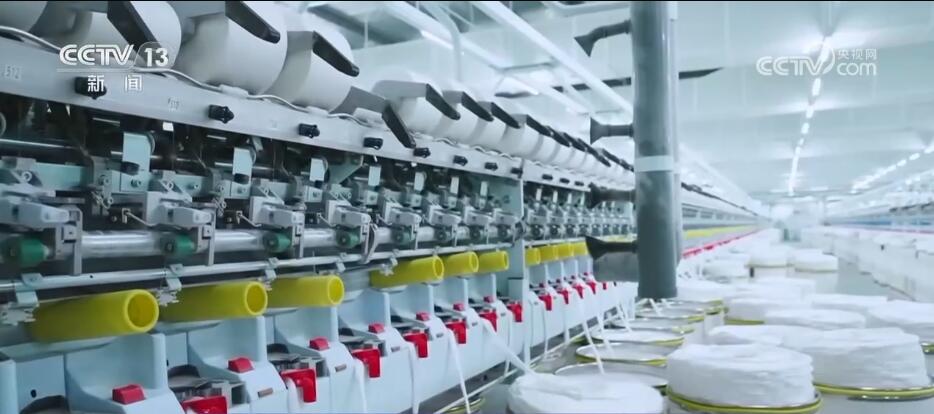
The Ministry of Agriculture and Rural Affairs issued the announcement of the third batch of national livestock and poultry genetic resources protection units
Recently, the Ministry of Agriculture and Rural Affairs issued the announcement of the third batch of national livestock and poultry genetic resources protection units, and 10 newly identified livestock and poultry genetic resources protection units were included in the national livestock and poultry genetic resources protection system.
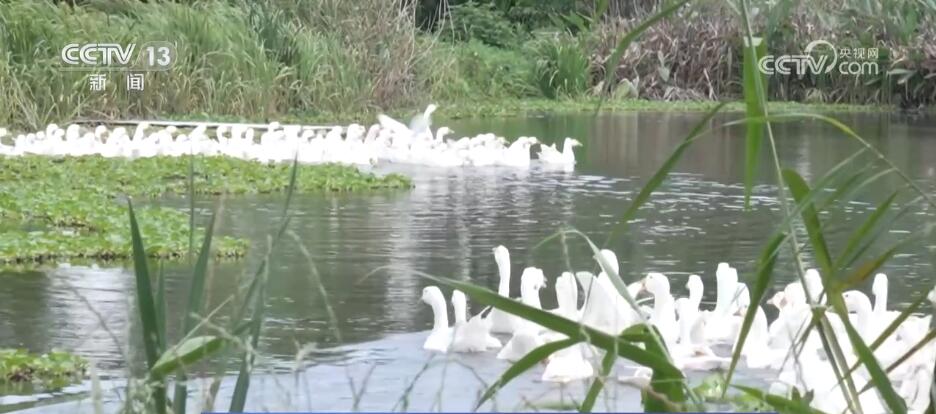
These 10 protection units of livestock and poultry genetic resources include 8 conservation farms, 1 reserve and 1 gene bank. Among them, seven national-level livestock and poultry genetic resources conservation farms, protected areas and tussah gene banks, including Lanzhou big-tailed sheep, Minxian black fur sheep, Leizhou goat, Chakou Yima, Jinyang silky fowl, short-legged fowl and Minqing hairy fowl, have been established for the first time. So far, the national livestock and poultry genetic resources protection system has achieved full coverage of 159 national-level livestock and poultry genetic resources protection varieties.
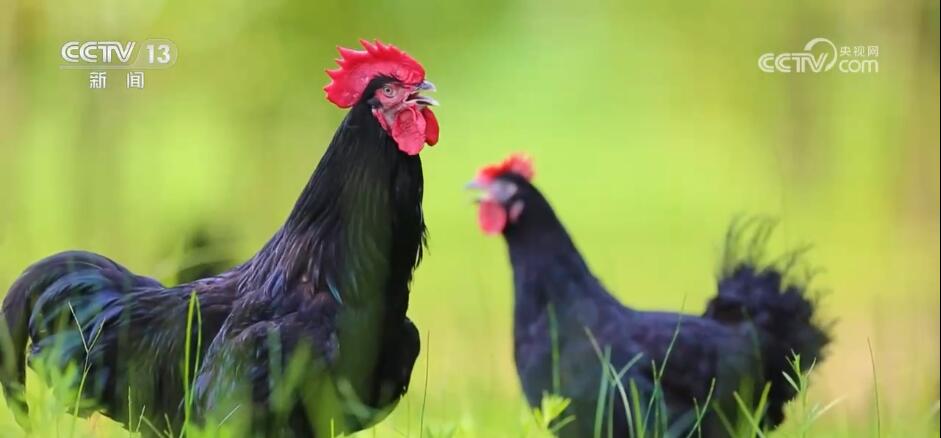
Since 2021, the agricultural and rural areas have identified 227 national-level livestock and poultry genetic resources protection units in three batches, including 191 seed conservation farms, 25 protected areas and 11 gene banks, covering 159 national-level livestock and poultry genetic resources protection varieties and artificially bred silkworms and tussahs, and defining the protection subjects of each variety one by one.
The National Development and Reform Commission released the first batch of peak carbon dioxide emissions pilot lists.
On December 6th, the National Development and Reform Commission announced that 25 cities including Zhangjiakou and 10 parks including Changzhi High-tech Industrial Development Zone were the first batch of pilot cities and parks in peak carbon dioxide emissions.
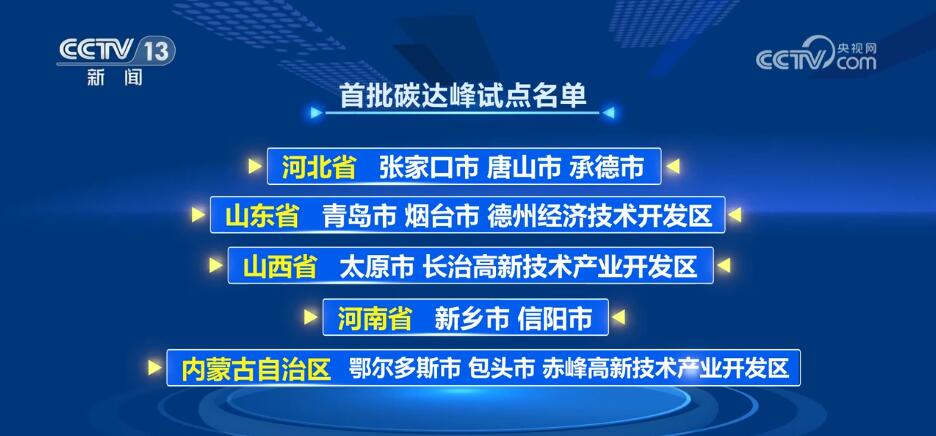
According to the deployment of "peak carbon dioxide emissions Action Plan before 2030", the central government will increase its support for local governments to promote peak carbon dioxide emissions, select a number of typical cities and parks to carry out pilot construction in peak carbon dioxide emissions, give support to pilot cities and parks in terms of policies, funds and technology, accelerate the transformation of green and low carbon, and provide operational, replicable and popularized experiences and practices for the whole country. The first batch of pilot cities and parks are located in 15 provinces and regions including Jiangsu, Henan, Heilongjiang and Xinjiang. It is understood that pilot cities and parks should plan and put forward pilot construction tasks in key areas such as energy, industry, energy conservation, construction and transportation according to the "double carbon" work deployment of the country and the region.
